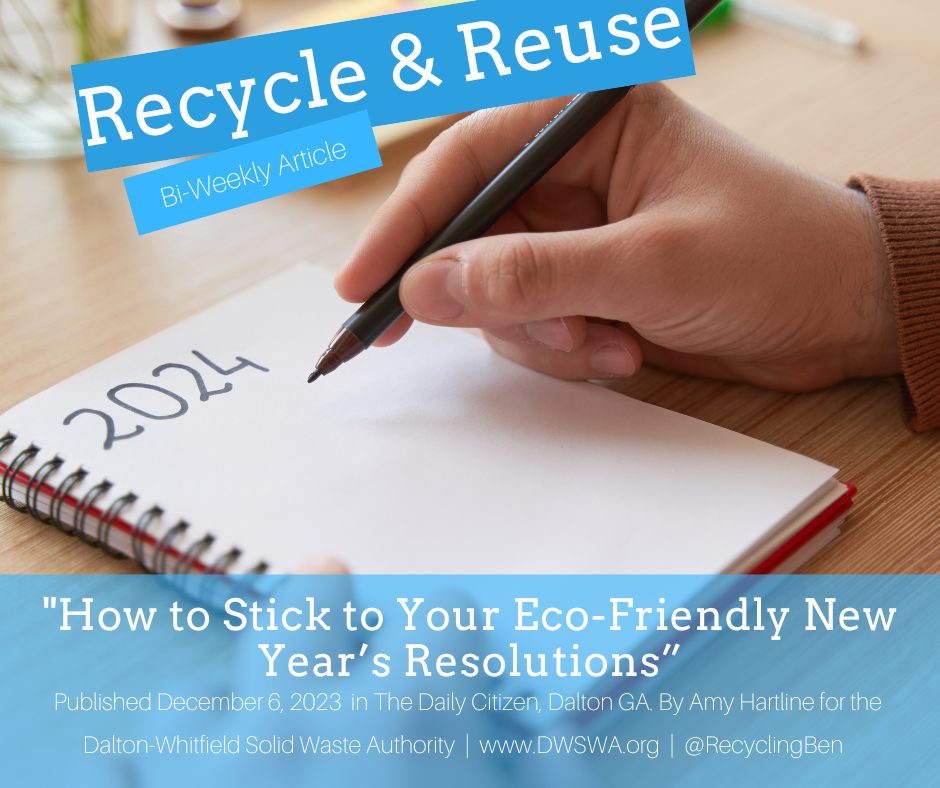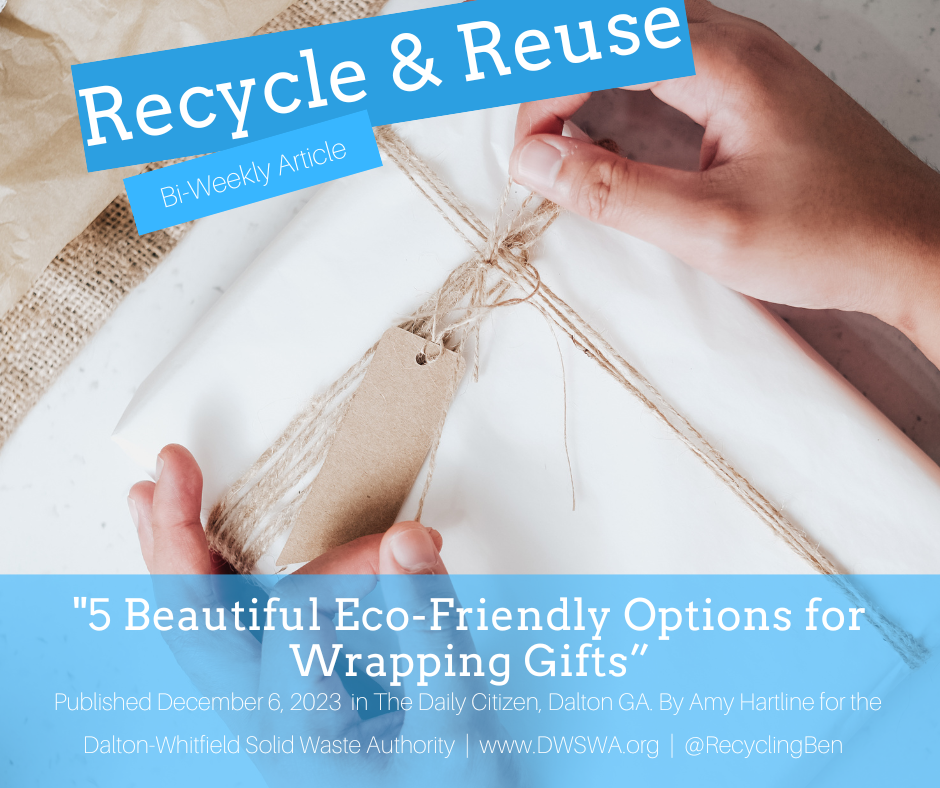Plastics are a growing threat to the environment
/It’s the end of summertime and beach trips, but here in northwest Georgia the beach should be on our minds in more ways than just longing for sunshine. If you live in Whitfield County, you live in a watershed.
This means that whenever you see a piece of litter, it can end up down a storm drain, into our streams and rivers and then eventually into the Atlantic Ocean. Storm drains are meant to catch rainwater and send it back into the streams for the water cycle, but often it means carrying garbage, particularly plastic, with it.
While the Great Pacific Garbage Patch may be the most famous island of garbage in the ocean, there are multiple patches of floating garbage throughout the world’s oceans. There is a North Atlantic Garbage Patch as well as a South Atlantic Garbage Patch. These patches are where our garbage and recyclables end up if not properly disposed of. The North Atlantic Garbage Patch has 200,000 pieces of debris per square kilometer, according to the Sea Education Association after a 20-year study.
The type of plastic debris present in the ocean can be a plastic bottle thrown on the side of the road or nylon fishing nets lost at sea. Plastics don’t truly go away with time, either. They just break down into smaller and smaller pieces from the sunlight and the waves, but those tiny pieces can cause major problems. As plastic breaks down the particles can be mistaken for food by aquatic animals. Since fish area source of protein for humans the plastic pollution in the ocean can also pollute our bodies.
Published in the journal Scientific Reports, scientists found a total of 36 tiny pieces of plastic in the bodies of 120 mackerel, anchovies, mullets and croakers. Micro-plastics have also been found in oysters and clams in multiple studies. Try not to think about those micro-plastics the next time you eat seafood!
According to a 2008 study by the Algalita Marine Research Foundation, about 44 percent of all seabirds eat plastic, and an estimated 267 marine species are affected by plastic garbage. Plastic in the ocean is not only a source of litter and pollution, it’s also a source of chemical pollution. Plastic degrades very slowly, resulting in a pollution source that can last for decades.
While some plastic can be visible to the naked eye in the form of small flakes or particles, there is also an invisible component to the pollution. Studies have found that while plastic is breaking down it is also leaching potentially toxic chemicals into the sea. While the garbage in the ocean accumulates to specific areas called patches, it actually isn’t as easy to clean up as you might expect. This is partially due to the microplastics which are difficult to contain.
The National Ocean Service determined that if you tried to clean up less than 1 percent of the North Pacific Ocean it would take 67 ships one year. With the continuous amount of debris entering the ocean, by the time it was cleaned up the patch would still be the same size or even larger.
The best way to stop marine debris is at the source. Marine debris comes from humans, meaning it is a solvable problem if we change our behavior. So, what can you do about a problem that is thousands of miles away? The first step is to realize that although these patches of marine debris are not things that you see each day, the litter that you come across will eventually end up there if not picked up by someone. The second step is to decide that someone can be you.
With four convenience centers in Whitfield for trash and recycling, pickup in the city of Dalton, free supplies provided by Keep Dalton-Whitfield Beautiful for Adopt-A-Mile and Adopt-A-Spot, a litter clean-up event, "Turn Up, Clean-Up" next week on Aug. 24 at 6 p.m., there are multiple solutions to this problem, but they all begin with you.
Amy Hartline is the recycling and education program coordinator for the Dalton-Whitfield Solid Waste Authority. Have a recycling question? Contact her at (706) 278-5001 or at ahartline@dwswa.org.
































